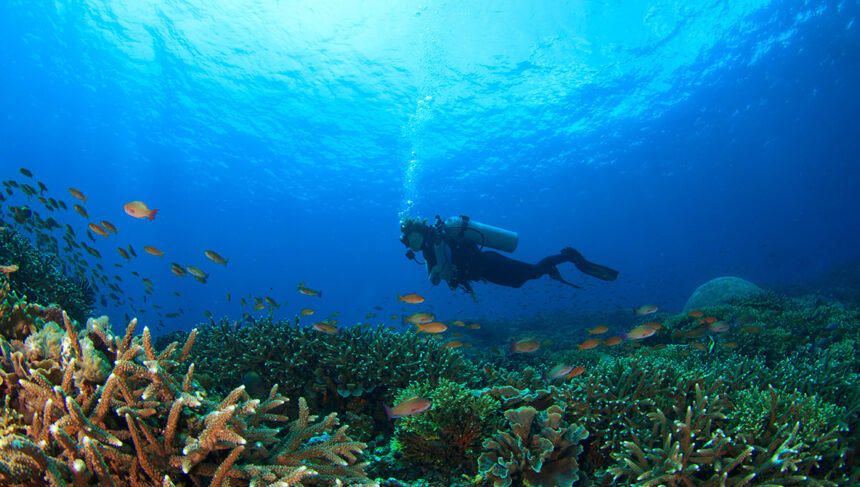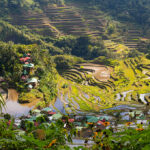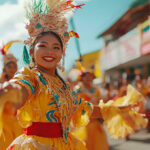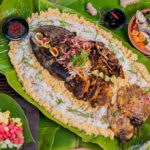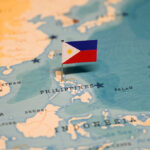With its enormous archipelago of over 7,000 islands, the Philippines has firmly established itself as one of the world’s premier destinations for scuba diving, offering outstanding access to incredibly varied marine environments. The country is strategically located in the internationally acclaimed Coral Triangle region, which offers diving enthusiasts the opportunity to experience the underwater life of some of the most biologically diverse regions on Earth. Philippines scuba diving offers a spectacular variety of underwater experiences, ranging from easy, shallow reef adventure dives to more demanding deep-water exploits with large pelagic creatures, effectively catering to recreational scuba divers of all known certification levels and experience levels.
The tropical waters constantly surrounding the archipelago result in a pleasant range of temperatures that is experienced throughout the year, coupled with an average level of underwater visibility, which significantly contributes to the overall diving experience. Diving infrastructure is professionally run and well-established across all the islands. As such, it is bound to meet high international safety standards. Experienced operators possess in-depth local knowledge of the marine environment, as well as an understanding of wildlife behavioural patterns. For those seriously considering Philippine holidays, the effective planning of scuba diving adventures into overall holiday programmes turns ordinary tropical beach holidays into marvellous underwater adventure tours that showcase the outstanding underwater natural heritage of the Philippines, as well as the pronounced biodiversity hotspots.
Top 7 Philippines Scuba Diving Spots
1. Tubbataha Reefs Natural Park, Palawan
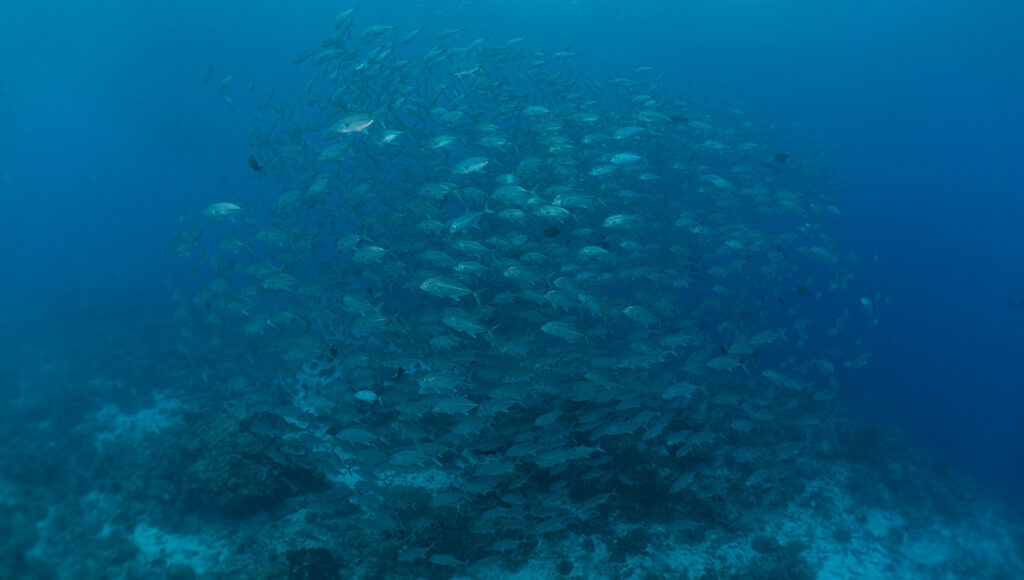
Tubbataha Reefs National Park is the ultimate goal for any keen diver in the Philippines who is actively interested in quality, well-preserved, and heavily undisturbed sea life. This globally recognised UNESCO World Heritage Site is subject to stringent conservation management rules. It can only be visited within strictly controlled seasonal periods, typically between mid-March and mid-June, on an annual basis due to the operation of liveaboard vessels. The highly conserved marine ecosystem comprises two geographically distinct coral atoll systems with dramatically spectacular vertical wall fabrics that fall precipitously into extremely deep sea waters, creating the best environmental conditions for both permanent reef-dwelling populations of the habitat and migratory populations of marine life.
The high geographic remoteness of Tubbataha, which is situated at an average distance of 150 kilometres from the nearest mainland coastline, effectively allowed constituent marine ecosystems to exhibit very high overall health indicators and structural integrity markers. The coverage of corals along the park boundaries is truly impressive and taxonomically rich, serving as a functional habitat for a diverse population of species, including manta rays and several species of sharks, such as hammerheads and other reef sharks, as well as large groups of pelagic fish. Engaging in diving activities within Tubbataha requires a minimum of Advanced Open Water diving credentials, given the problematic nature of the prevailing environmental conditions, including intense ocean currents, large depths of operation, and a remote geographical location, which demand an extreme level of diver competency.
2. Moalboal, Cebu
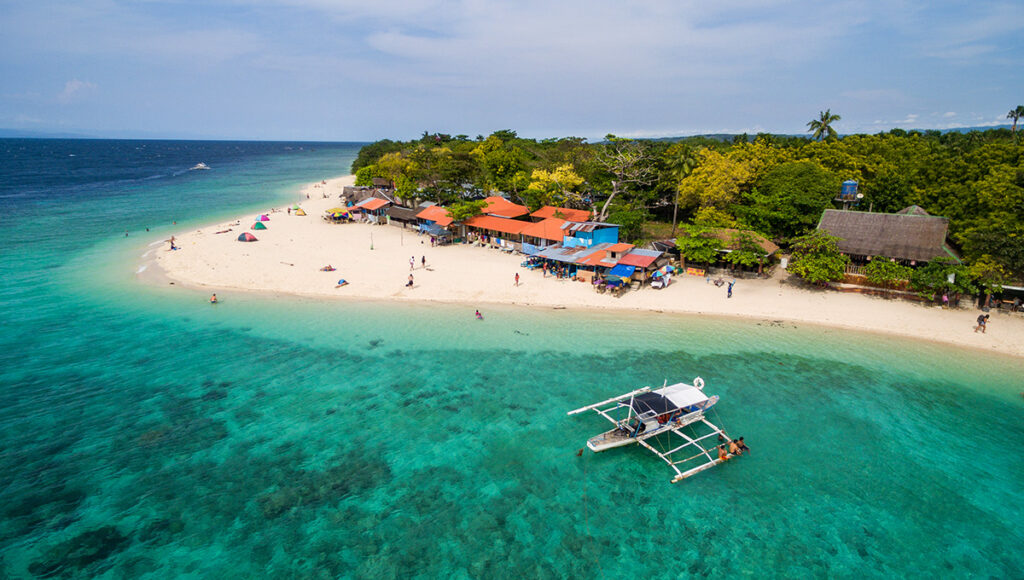
Moalboal has become an exceptional destination for diving activities in Cebu, receiving special recognition at the international level for its daily phenomenon of the sardine run, which attracts marine enthusiasts from around the world. Millions of individual sardines are known to gather in waters right outside Panagsama Beach every day, creating enormous, highly organised schooling masses that produce spectacular visual spectacles visible to divers and snorkelers alike. This is an outstanding repetitive natural event that is exhibited with utmost day-to-day predictability and consistency in the length of seasons.
The diversity of diving opportunities surrounding the coastal regions of Moalboal extends far beyond the well-known sardine aggregation events, which also include nearby Pescador Island. This island boasts amazing vertical wall structures that sustain remarkably well-preserved coral reef ecosystems. The populations of resident green sea turtles have a well-established territory in these waters, which are considered environmentally safe, and are often seen during routine recreational diving. Varied macro marine wildlife groups are interesting and attractive photographic targets for the niche underwater photographers. The easy and strategic location that many of the good dive sites are characterised by, coupled with accommodation facilities that are affordable economically and spread all around the immediate vicinity, solidly makes Moalboal a good place of operation as an operational base in terms of long diving holiday ventures that rate underwater attractions in the region of Cebu holistically.
3. Apo Island, Negros Oriental

Apo Island is one of the most notable conservation success stories, showcasing significant examples of effective community-based marine environmental conservation strategies within the context of Philippine coastal management. Officially declared in the early 1980s as the official structure of the community organisation, the formally declared marine sanctuary of the island has conducted a successful ecological recovery, and the further success of the formerly poor reef ecosystems over the next decades. Philippine diving spots, distributed throughout Apo Island’s protected waters, consistently showcase exceptionally healthy coral structural formations that actively support abundant and diverse fish population assemblages, clearly demonstrating substantial positive ecological impacts achievable through sustained, effectively implemented marine protection management measures and dedicated community environmental stewardship practices.
The populations of green sea turtles are so abundant in the sanctuary waters that they have become highly accustomed to the respectful presence of recreational divers over many decades of well-contested conservation-oriented tourism activities. Reef structural formations are also characterised by often striking coral species taxonomic diversity, with minimal indicators of anthropogenic physical damage, which actively sustain high residential populations of many reef fish species, diverse invertebrate community assemblages, and a diverse array of other marine organisms. Typically shallow diving profile depths that are found within the boundaries of the sanctuaries allow considerably longer bottom time durations during recreational diving activity and make Apo Island the specific place of interest of novice divers and underwater photographers that are not fond of technical diving profile requirements, but the extended view of the marine life opportunities and the ability to capture several pictures of marine animals during the recreational diving activity. For those interested in shallower underwater experiences or snorkelling alongside diverse marine life, check out our guide to Philippines Snorkeling Spots.
4. Coron, Palawan
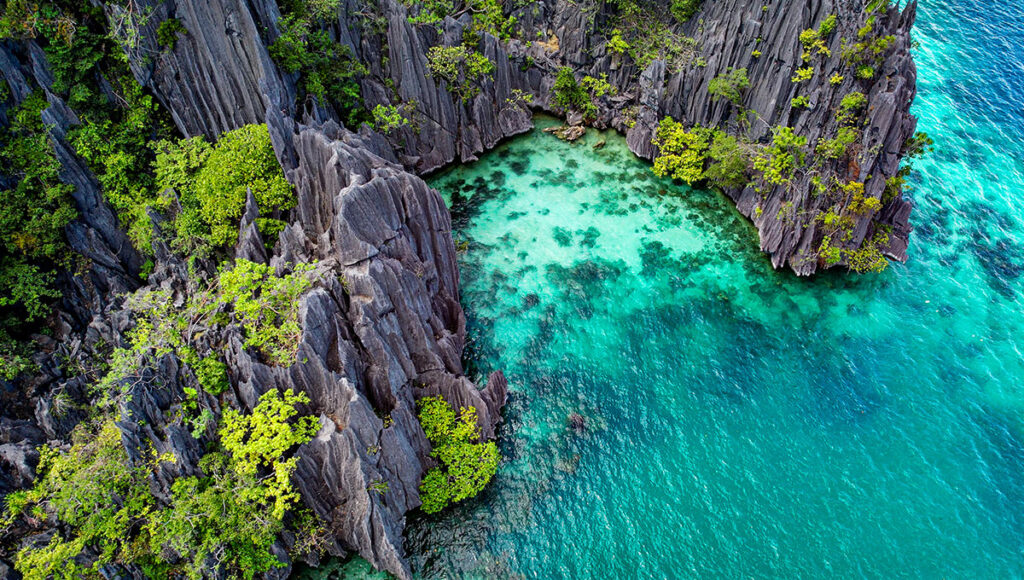
The long-established international brand name of Coron has been built around its extraordinary collection of historical shipwreck sites from the World War II period. It has well-established regional branding as one of the absolutely best wreck diving sites in Southeast Asia, to which specialised technical divers and maritime history lovers travel internationally. Numerous Japanese Imperial Navy ships and military provision ships that have sunk after intensive warfare naval battles now lie on seabed substrates all over the sheltered waters of Coron Bay, having been subjected to decades-long processes of natural transformation, and have been transformed into large artificial reef structural forms now widely inhabited by exceptionally diverse assemblages of marine life forms. The Irako shipwreck is historically important and is one of many other ships that have survived relatively intact, still posing no danger to competently certified, sufficiently experienced wreck penetration diving specialists.
Philippines scuba diving options, which are available throughout the entire area of Coron, encompass significantly more than a range of specialised historical shipwreck exploration activities. The geographically diverse area boasts an amazingly diverse array of underwater topographical features, comprising pristine natural coral reef ecosystems, geologically distinct limestone karst formations, and several environmentally distinctive freshwater lake systems with unusual physicochemical characteristics. The Lake of Barracuda is particularly strong in terms of thermocline stratification layer formation, which creates very sharp, radically differentiated temperature zones. The surrounding natural coral garden reefs also constitute excellent traditional tropical reef diving opportunities. This unique package, which combines specialised wreck diving with an array of underwater locations of natural interest, is successful in offering guest divers differing, wholesome underwater experiences and, in a very limited geographical focal point of operations, successfully presents a larger amount of variety in the accessibility of dive sites to visiting divers who are operating within limited holiday time constraints. For detailed guidance on when to plan your Palawan trip and make the most of diving in Tubbataha or Coron, see our guide on the best time to visit Palawan
5. Malapascua Island
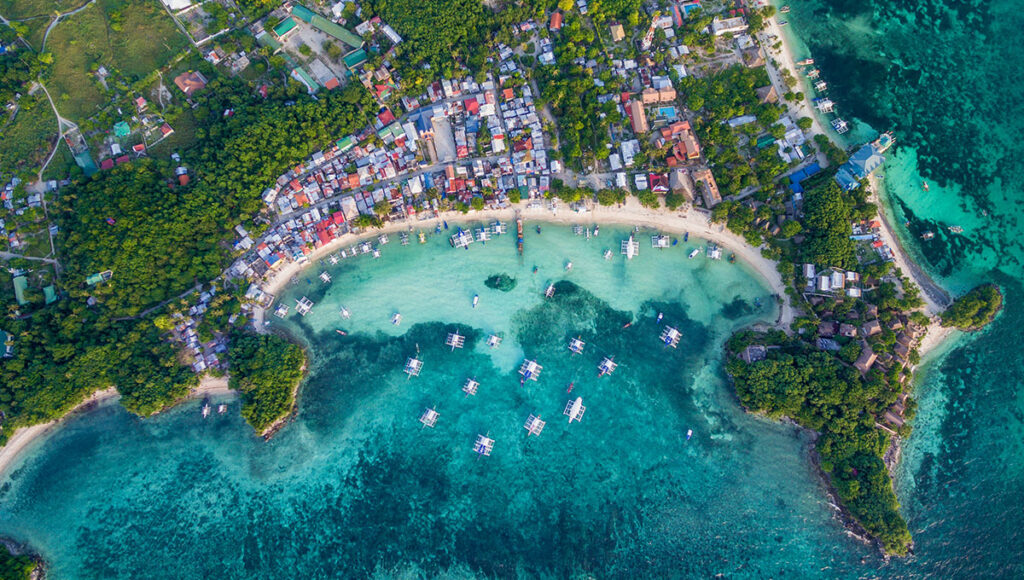
Malapascua Island has attained a relatively high level of international recognition in terms of consistently offering extremely reliable, predictable encounters with populations of pelagic thresher sharks, which is a comparatively uncommon experience in the typical recreational diving operations environment of any part of the world. They are morphologically unique sharks that predictably visit Monad Shoal formations, which are underwater plateau geological structures, at early pre-dawn morning hours with the specific aim of participating in engaging cleaning station behavioural activities by well-established populations of resident cleaner wrasse fish. The high predictability and consistency of these ordinary and regular dawn encounter opportunities entrench the status of Malapascua amongst the very few recorded places in the world that recreational sport divers can reliably find thresher sharks actively engaging in their natural behavioural patterns in native pelagic sea environments.
In addition to signature thresher shark diving activities, which form the main attractions to visitors, Malapascua has always provided a range of Cebu diving activities that are holistically inclusive in nature, both in terms of location and subject of macro photography, and a wide range of traditional reef diving sites. The geographically small traditional size of the island actively promotes strictly interlaced, community-diving community moods between visiting diving tourists and the dive industry professionals living on the island. Several established, professionally run, and active year-round operations are offered by a number of well-established, professionally run dive operators on the island, which offer a complete diving service offering which they distribute amongst each and every operating day to successfully supplement signature early morning thresher shark expedition dives as the main draw for the majority of visiting diving enthusiasts.
6. Anilao, Batangas
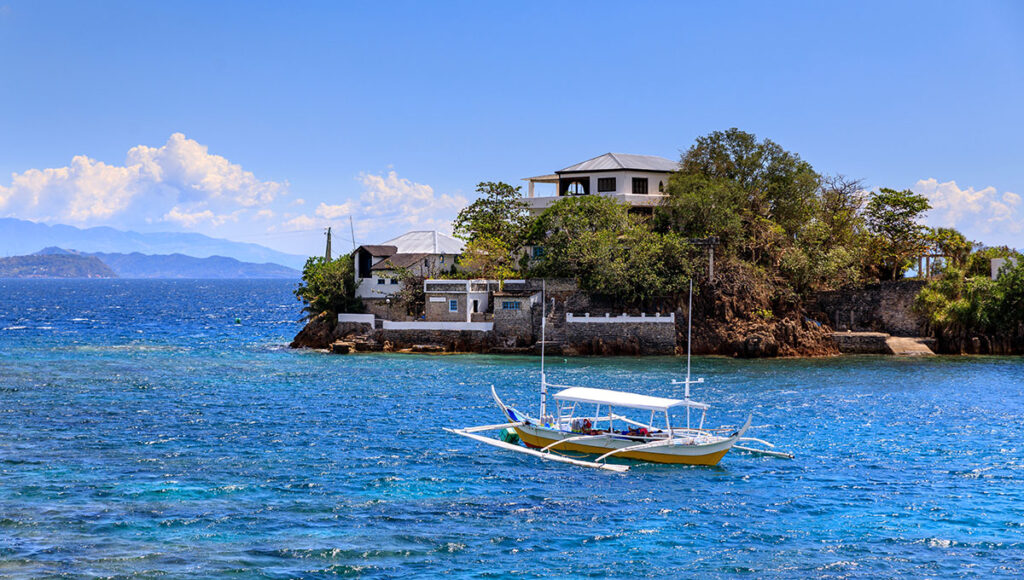
Anilao has had vast historical significance, as it is the generally recognised location of the development of recreational Philippines scuba diving activity across the territories. It remains a well-established destination for the most discerning underwater photography enthusiasts. Typical underwater landscape formations include volcanic sand slope formations and rocky reef structural substrates that offer extremely specialised habitat environmental conditions actively sustaining exceptional taxonomic diversity of small populations of marine species. Special underwater photographers come to Anilao with the express purpose of photographically documenting species of nudibranch corals, populations of the pygmy seahorse, and an array of other small marine animals, which represent highly desirable subjects in specialised macro photography. The Philippine Biodiversity Management Bureau (BMB) provides official resources on marine species like nudibranchs and pygmy seahorses.
The substantial geographical concentration of remarkably diverse Philippines diving spots distributed within Anilao’s relatively compact geographic operational area effectively delivers extensive site variety and selection options. Existing dive sites thoroughly cover shallow and environmentally created zones, best suited for diver training, from entry-level to deeper vertical wall structures that are adequately challenging for certified diving participants. Geographically located within the Metro Manila metropolitan area, which translates to a two- to three-hour normal travel time using road transportation infrastructure, means that Anilao can be easily reached within a short period of time for a diving trip. This excellent geographical location has solidly positioned Anilao as a favourite destination choice among both Philippine resident divers and international visiting divers, who are actively seeking high-quality diving experiences without the need for extensive travel or complex logistical coordination issues.
7. Puerto Galera, Mindoro
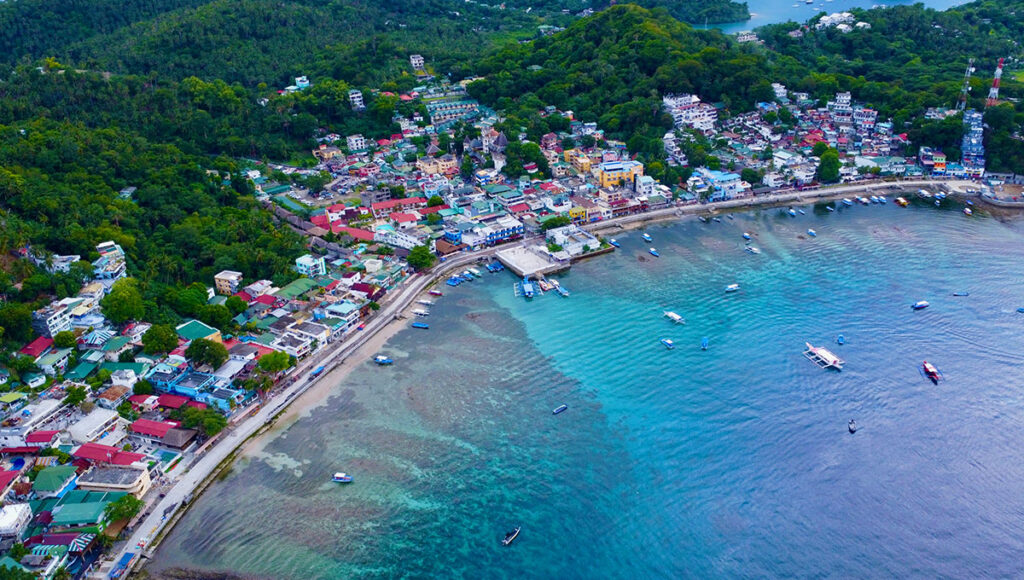
The geographically favourable position of Puerto Galera, at the centre of recorded global marine biodiversity concentration phenomena, places it directly in a strategic location in the marine passage of the Verde Islands. Extensive scientific research investigations have conclusively found the region to have significantly higher concentrations and taxonomic diversity of marine species populations than anywhere in the Earth’s oceanic systems. Diving options continuously existing all over the wide field of operation of Puerto Galera are direct reflections of this remarkable biological soil, and many of the individual dive sites will continuously exhibit extraordinary metrics of species richness and high-indicating population density measures across many taxonomic classification groups.
The Philippines scuba diving activities in Puerto Galera have been able to accommodate a full range of operations, spanning a wide spectrum of recreational diver skill levels. These settings include well-protected, sheltered bay areas that are quite befitting for first certification training, as well as currently sweeping channel settings that demand highly rated certification credentials and a vast experience base. The numerous channel dives in the region are known to be regular gathering places for large groups of pelagic fish species, including various trevally species and barracuda populations. Night-related activities, such as specialised night diving, are an effective means of revealing more marine species with mainly nocturnal activity behaviour patterns, including several octopus species and unique specimens of the Spanish dancer nudibranch.
Puerto Galera is part of officially designated protected areas in the Philippines. For official details on marine protected areas (MPAs) and their conservation, divers can visit the Philippine Clearing House Mechanism (PhilCHM) here.
Planning Your Diving Adventure with World Pinoy Flights
The ecological conditions for diving in the territories of the Philippine archipelago are generally favourable throughout the year. Still, there are significant seasonal differences in terms of optimal time and weather conditions. The water temperature parameters are always within the comfortable range of 26-30°C, which usually requires light thermal protection for most participants in recreational diving. Being dispersed throughout the archipelago with extensive infrastructure demonstrates a high level of development maturity and operational professionalism. The established operators have equipment stocks that meet international standards, and the extensively experienced dive professionals possess a broad understanding of local environmental conditions and the behavioural characteristics of marine life.
The availability of various geographically distributed Philippine diving sites requires the effective navigation of intricate inter-island transportation logistics, especially when intending to organise an extensive multi-destination itinerary that cuts across more than one distinct geographic area. World Pinoy Flights provides the most specialised travel coordination solutions, tailor-made to meet the needs of diving tourists. We offer professional services, including optimal flight paths, connection time optimisation, and proper baggage handling processes for transporting diving equipment. Their experienced, up-to-date understanding of the domestic Philippine aviation networks and the specific access needs of the destinations visited by typical diving tourists is significant in streamlining the entire planning process for taking visitors to international diving locations.
The overall service packages of the company respond directly to general logistics problems often encountered by travelling diving enthusiasts, such as effectively working within different domestic airline policy structures towards sports equipment transportation, coordinating the arrival schedule with the time of the dive operation, and finding the most efficient route between the various destinations of the islands. World Pinoy Flights will have up-to-date and precise data on airline regulatory issues and seasonal patterns of diving site availability, and as a result, can construct viable and effective trips that maximise the number of diving hours and reduce the risks of inconvenience related to travel. For more comprehensive travel options, divers can explore a range of tailored Philippines Holiday packages offered by the company.
FAQs For Philippines Scuba Diving
What seasonal timing is optimal for the Philippines scuba diving?
The Philippines’ archipelago offers diverse diving experiences, with conditions varying by region and season. The dry season (November to May) generally provides the best visibility and calmer waters across most sites. Some destinations follow specific seasonal cycles: Tubbataha Reefs are only accessible from mid-March to mid-June, while the Visayas region is best from December to May. Eastern coastal areas experience favourable weather patterns from March to October.
What certification credential requirements apply to Philippine dive sites?
Philippine dive resorts and sites offer a full range of diving services, from entry-level to advanced technical certifications. Locations such as Apo Island, sheltered bays in Puerto Galera, and several sites in Anilao cater well to open-water divers. More advanced sites, like the Tubbataha Reefs and certain wreck penetration areas in Coron, require Advanced Open Water certification due to depth and currents. Many Philippine dive centres also provide progressive training programmes with specialised qualifications.
What typical cost ranges apply for Philippines scuba diving?
Philippine diving offers excellent value compared to many global dive destinations. A two-tank boat dive typically costs £30–£55, with full equipment hire at around £12–£20 per day. Accommodation is also affordable, with basic lodges from £25–£40 per night and mid-range dive resorts from roughly £65–£120 per night. For more adventurous experiences, such as a Tubbataha liveaboard, expect to pay £2,000–£3,200 for a week-long trip.
What marine species can divers expect to encounter in Philippine waters?
Philippine waters host exceptional marine biodiversity, with over 2,000 recorded fish species and around 500 identified corals. Common sightings include green and hawksbill turtles, various reef sharks, barracudas, trevally, and large schools of colourful reef fish. Special encounters feature thresher sharks in Malapascua, whale sharks in Donsol and Oslob, the Moalboal sardine run, and manta rays at multiple sites. Macro diving reveals rich marine life such as nudibranchs, pygmy seahorses, several frogfish species, octopus, and cuttlefish.
Is travelling with personal dive equipment to the Philippines practical?
Travelling with personal dive gear to the Philippines is similar to other international dive trips. Most airlines accept dive equipment as checked baggage, though weight allowances vary, and Philippine Airlines may have stricter limits on smaller regional flights. Many divers bring essential personal items, such as regulators, dive computers, and masks, while renting bulkier gear like BCDs, tanks, and weights at their destination. Philippine dive centres maintain rental equipment that consistently meets international safety standards.


